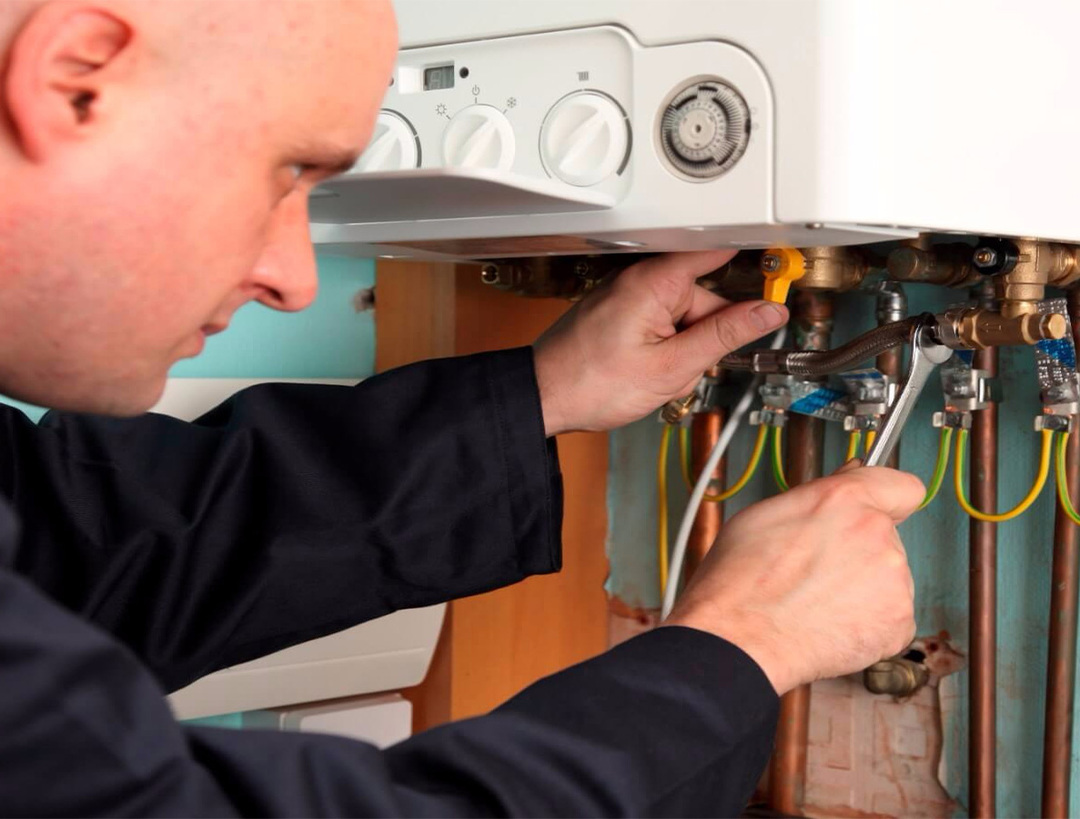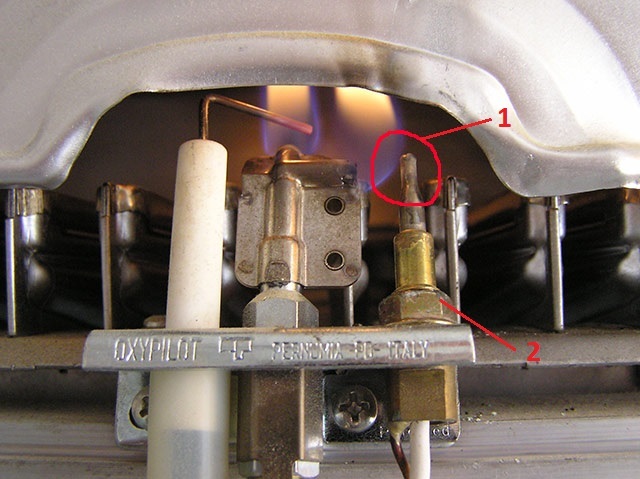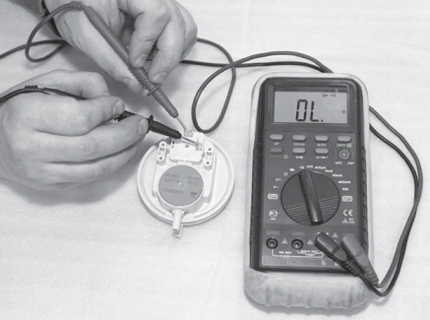Various types of chimneys are currently used. Gas and liquid-fuel heating boilers are widely used, in which the use of classic brick chimneys is not required. Ceramic structures come out on top.

Content:
- Chimney construction made of ceramic pipes ↓
- Advantages, disadvantages and types ↓
- Mounting ↓
- Features of work ↓
- Advice ↓
The modern ceramic smoke exhaust system is rightfully considered the most fireproof. But many wooden houses do not have the necessary foundation for this rather heavy structure. Therefore, it is recommended to use a modular ceramic system on a steel console.
Ceramic pipes have excellent performance and technical characteristics.
Their main qualities include:
- Extensive application possibilities. This system can be used with almost any heating boiler.
- Good resistance to sudden temperature changes, as well as to the effects of high temperatures.
- Ease of processing. It is easy to make new holes in the pipe, cut it apart or sand the surface.
- Excellent tightness performance pipe walls.
- Compliance and GOSTs.
- Ease of installation allows you to do work yourself.
- Resistance to physical changes and deformation.
- High level of mechanical strength.
- Average service life - up to 30 years old.
You can buy these products not only in large hardware stores, but also on the market. It is more advisable to purchase them from a company that manufactures these items.
The cost of a particular type of pipe depends on the following parameters:
- Application area.
- Product quality.
- Diameter.
On average, a ceramic pipe costs from 4000 rubles per running meter. If necessary, you can immediately purchase a complete complete chimney system, which can cost more than 20,000 rubles.
Chimney construction made of ceramic pipes
 The chimney includes the following elements:
The chimney includes the following elements:
- Inside there is a ceramic shell.
- Heat insulating layer.
- The outer layer is stone blocks.
Above, the structure consists of the following elements:
- Liquid accumulator drainage system.
- Protection from wind and precipitation.
- Special elements that allow maintenance and cleaning of the chimney, as well as connecting to the heating system equipment.
The following types of products are distinguished by the field of application:
- For ovens. The diameter is quite large, high refractory properties.
- For fireplaces. They have excellent strength and excellent tightness.
- Refractory pipes. They are used, as a rule, to create complex smoke removal systems, since they are able to withstand very high temperatures.
- For a bath. The product is short.
Most often, ceramic pipes are used to create gas disposal. But they can be used with devices that run on solid and liquid fuels. It should be noted that there are special ceramic elements that can only be used for low-temperature units.
Advantages, disadvantages and types

The popularity of these products can be explained by their positive characteristics, which include the following:
- Versatility of use.
- Resistance to negative influences.
- They act as heat accumulators.
- Low roughness.
- Durability.
Disadvantages include:
- High cost.
- Due to the fact that the structure is heavy, it is necessary to create a base or foundation.
- Installation must only be carried out vertically.
There are the following types of ceramic pipes for the chimney device:
- Depending on the presence of a ventilation duct - with and without a channel.
- By size - diameter from 140 to 450 millimeters, height - 330 millimeters.
- By the number of pipes in the chimney structure - one- or two-way.
Mounting

The installation process is regulated, a step-by-step description can be found in the manufacturer's instructions.
Required materials and tools:
- Disassembled finished structure.
- Dry mix of sealant.
- Cement.
Work is carried out in the direction from bottom to top, while it is imperative to follow the order of work:
- Preparing the base for the chimney. The main task at this stage of work is to create a perfectly flat, smooth surface for installing the structure. A module is installed at the base, it is fixed with cement mortar. This allows in the future to ensure free connection of the flue gas system to the main unit, which can be a fireplace or boiler. The base consists of a module to which a condensate tank and a tee are attached. It is with its help that the system is connected to a boiler or fireplace. It also includes a tee for cleaning and inspecting the inside of the pipe.
- Preparation of mortar for joints. The solution is an acid-resistant composition, which is prepared by mixing a dry mixture of a sealant with water. The proportions are chosen, as a rule, 1: 7.
- A tee module is installed on the module. It is fixed using a previously prepared solution, the resulting joints are carefully sealed. Further, the rest of the structural elements are mounted, while all seams must be treated with a solution.
- The main system is being assembled.
- The final assembly of the kit is in progress.
The joints of the pipe of the structure to be installed should not coincide with the joints of the floor slabs. If this cannot be avoided, these places must be additionally insulated with non-combustible materials.
Ceramic tees are usually made to order. Their cost is quite high. Alternatively, metal counterparts can be purchased.
Features of work

When carrying out work, the mandatory parameters of the exit of the chimney to the roof should be taken into account.
The device is carried out depending on the height of the structure relative to the roof level:
- Flat roofs - from 120 centimeters.
-
Pitched roofs:
- the pipe is located one and a half meters from the roof ridge - this element must rise more than 50 centimeters above the ridge;
- 3 meters away - the pipe must end at the level of the ridge;
- distance to the ridge more than 3 meters - the height is created at the level of an imaginary line that runs just below the level of the ridge;
If such a chimney is installed in a log house, the possibility of its shrinkage in the first years of operation should be additionally taken into account, otherwise the structure of the chimney system may be damaged.
Advice

- If part of the chimney runs in an unheated room (for example, in the attic), then additional insulation of this part should be created.
- In any case, all connections and joints must be visible from all sides. To do this, it is better to place them outside the floors of the house.
- The pipe is connected to elbows and walls with clamps. They must be positioned in steps of 1.5-2 meters.
- If the pipe protrudes on the roof of the building for more than 1.2 meters, it is necessary to create additional fasteners - stretch marks.
- It is best to entrust this business to professionals. The task of creating a reliable smoke exhaust system is not an easy one.
- The pulling force directly depends on the height of the pipe. But if it is too long, it can lead to aerodynamic drag. Gases will accumulate in the cavity, which, when cooled, increase in weight. This, in turn, can lead to a decrease in thrust.
- During installation, it is imperative to comply with fire safety requirements. If the house and floors are wooden, the places where the sandwich was laid near the pipe are treated with fire retardants.
- It is more expedient to make stoves with individual chimneys.rather than creating a single complex structure for several ovens.
The ceramic chimney is demanding to maintain.
Twice a year, preferably at the beginning and end of the heating season, the following works are carried out:
- Traction check.
- Checking the tightness of the structure at the joints.
- Internal cleansing from soot and combustion products.


